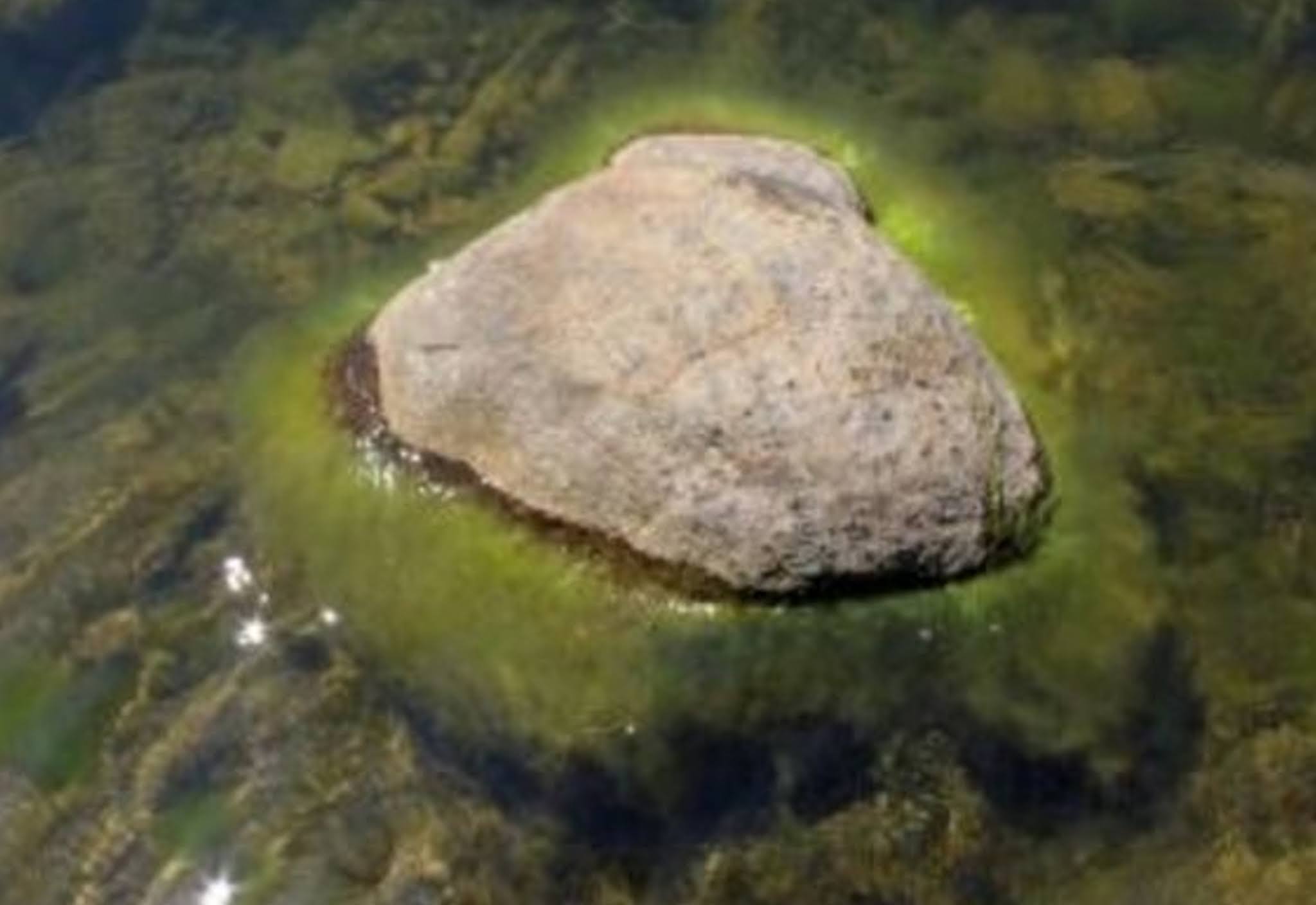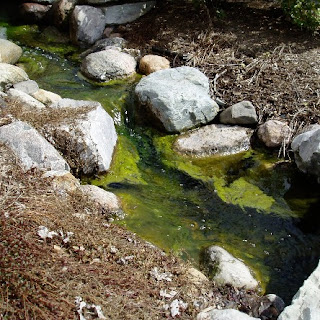
The Ultimate Guide to Koi Pond String Algae: Causes, Prevention and Treatment
Introduction
Koi ponds are a fascinating and tranquil addition to any garden or backyard. They provide a relaxing atmosphere and are home to colorful koi fish that are a joy to watch. However, with these ponds comes the issue of string algae, which can cause problems for the health of the koi and the beauty of the pond. In this ultimate guide, we’ll explore everything you need to know about koi pond string algae, including the causes, prevention measures and treatment options.
What is Koi Pond String Algae?
String algae is a type of filamentous algae that can grow in koi ponds. It appears as thin, green strands that can tangle and mat together, forming a thick mat on the surface of the pond. String algae can cover the water surface, the walls and bottom of the pond, and the koi fish themselves.
Causes of Koi Pond String Algae
String algae can be caused by a number of factors. Here are some of the most common causes:
1. High Nutrient Levels
String algae thrives in water that is rich in nutrients, especially nitrogen and phosphorus. These nutrients can come from a variety of sources, including fish waste, uneaten fish food, and fallen leaves. If nutrient levels in the pond are too high, string algae can quickly take over.
2. Poor Water Circulation
A lack of water circulation can also contribute to the growth of string algae. Stagnant water provides an ideal environment for algae to grow, especially in areas with low levels of sunlight.

3. Excess Sunlight
While string algae requires some sunlight to grow, excessive sunlight can also be a problem. Direct sunlight for an extended period of time can cause the water to heat up, creating a favorable environment for string algae to grow.

Prevention Measures for Koi Pond String Algae
Preventing string algae from growing in your koi pond is much easier than treating an existing infestation. Here are some preventive measures that you can take to keep string algae at bay:
1. Maintain Water Quality
Keeping the water in your koi pond clean and clear is the key to preventing string algae growth. Regularly test the water and maintain appropriate levels of pH, alkalinity, and hardness. Use a good quality filter to remove excess nutrients from the water and keep the pond well-aerated to improve water circulation.

2. Control Sunlight Exposure
One way to control sunlight exposure is to provide some shade over the pond. This can be done by adding floating plants, such as water lilies or water hyacinths. These plants not only provide shade, but they also take up excess nutrients from the water.
3. Regular Pond Maintenance
Regular maintenance of your pond is essential in preventing string algae growth. This includes removing debris from the pond, such as leaves and branches, and cleaning the pond walls and floor regularly. Also, make sure to prune any overhanging trees or shrubs that may be blocking sunlight from reaching the pond.

Treatment options for Koi Pond String Algae
If prevention measures fail, and string algae have already taken over your koi pond, there are several treatment options available. Here are some of the most common treatment options for koi pond string algae:
1. Manual Removal
One of the simplest ways to remove string algae from your pond is to manually remove it. You can do this by using a long stick or a brush to agitate the water, which will cause the algae to float to the surface. Once the algae is at the surface, simply scoop it up with a net and discard it in the trash. Repeat this process until all visible algae is removed.

2. Chemical Treatments
Chemical treatments, such as algaecides and herbicides, can also be effective in treating string algae. However, these treatments should be used with caution, as they can harm fish and other aquatic life in the pond. Always read the label and follow instructions carefully when using chemical treatments.
3. UV Clarifiers
UV clarifiers use ultraviolet light to kill algae and other microorganisms in the water. They are effective in preventing and treating string algae, but they can be expensive to install and run. UV clarifiers are most effective in combination with other treatments, such as manual removal and pond maintenance.

Conclusion
Koi pond string algae is a common problem that many pond owners face. However, with proper prevention measures and treatment options, it can be controlled. Maintaining a healthy pond takes time and effort, but the reward of a beautiful and thriving pond is worth it. By following the tips in this guide, you can keep string algae at bay and enjoy a healthy and happy koi pond.